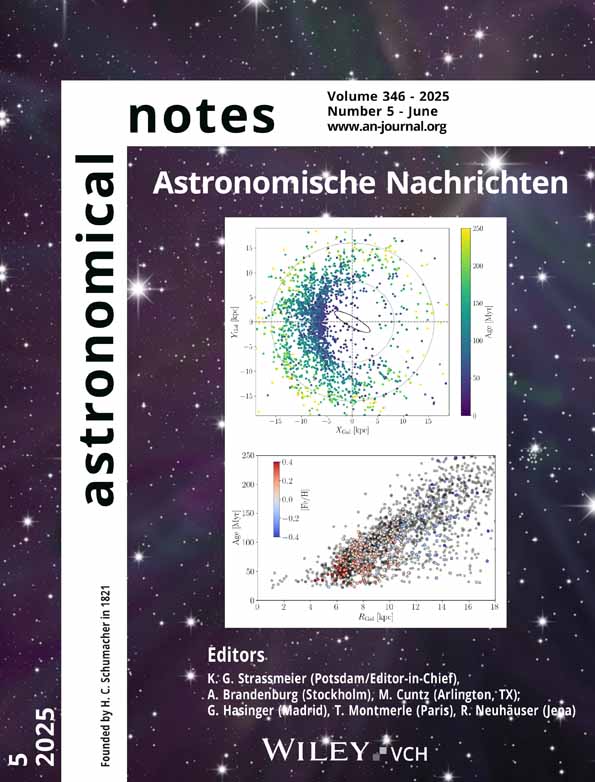Are radio-loud Broad Absorption Line Quasars young sources?
Abstract
Studying Broad Absorption Line Quasars (BAL QSOs) is interesting because they probe the physics of the AGN environment, and because AGN outflows are important ingredients in many recent astrophysical puzzles. In the last decade, a substantial population of radio BAL QSOs was discovered and we have started a characterisation of the radio-loud BAL QSO population studying their radio spectra, radio morphology and polarisation properties. Our high-resolution radio maps show that BAL QSOs are compact radio sources with projected linear sizes below 1 kpc. Most BAL QSOs in our sample are unpolarised or weakly polarised at 8.4 GHz. They display convex radio spectra which typically flatten at low frequencies and become steeper at high frequencies, i.e. above 20 GHz. Many of these characteristics are common to the population of young radio sources, like Compact Steep Spectrum (CSS) or Gigahertz-Peaked Spectrum (GPS) sources. The above supports the hypothesis that BAL QSOs might be related to the initial stages in the AGN evolution (© 2009 WILEY-VCH Verlag GmbH & Co. KGaA, Weinheim)




